Great Depression Facts That Aren’t As Sad As You’d Expect
The Great Depression doesn’t need too much of an introduction since we all learned about it extensively during history class in high school. It was the longest and deepest economic depression of the 20th century, and while it was worldwide, it started in the United States.
Worldwide GDP fell 15% between 1929 and 1932. It’s safe to say it was horrible. Unlike most economic downturns, this one significantly affected the rich almost as much as it affected the poor. Every level of society took a hard hit. But, in hindsight, many useful developments and lessons occurred because of the Depression…
Workers Became Better Organized

The hardships of the Great Depression spurred workers to organize together to demand better pay, safer conditions, and the right to unionize. This resulted in significant growth of unions during the 1930s.
The National Labor Relation Act of 1935 was crucial in this growth, as it guaranteed workers the right to form unions and bargain collectively without interference from their employer.
Al Capone, The Savior?
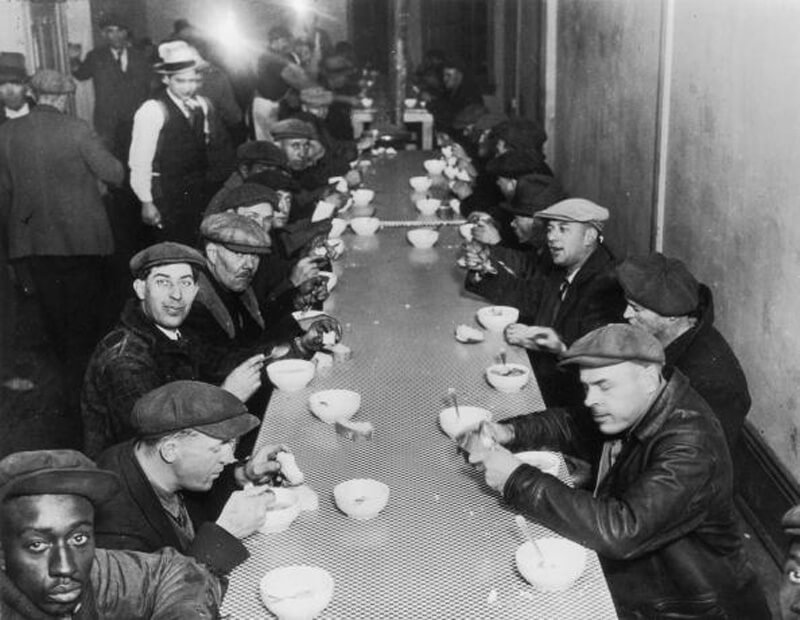
In an attempt to gain public popularity, notorious gangster Al Capone opened up a soup kitchen in Chicago. It was one of his sporadic tries to get the average citizen on his side, and while many of them didn’t work, this one did.
For many Chicagoans, Capone’s soup kitchen provided the only meal they would have that day. It was a place where the homeless and the poor could get free food and some rest from the daily struggle of living on the streets.
It Was A Vibrant Time For Art
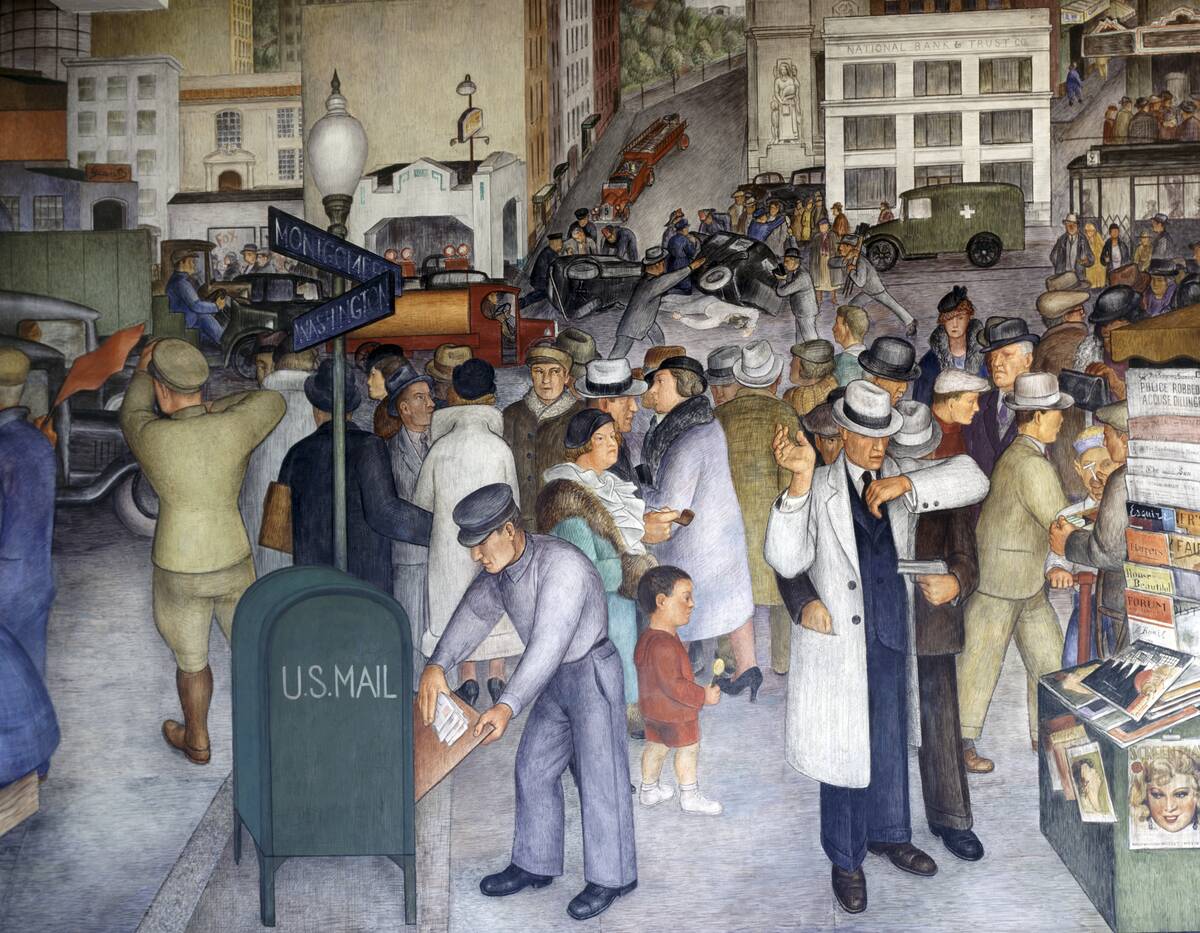
Thanks in part to New Deal programs like the Works Progress Administration, the Great Depression years saw an influx of art from artists who would have otherwise been unfunded and unemployed.
Murals, theater productions, concerts, and literary works were all funded by these New Deal programs. Major talents like Jackson Pollock emerged during this era.
The Fantasy Of Buying A House
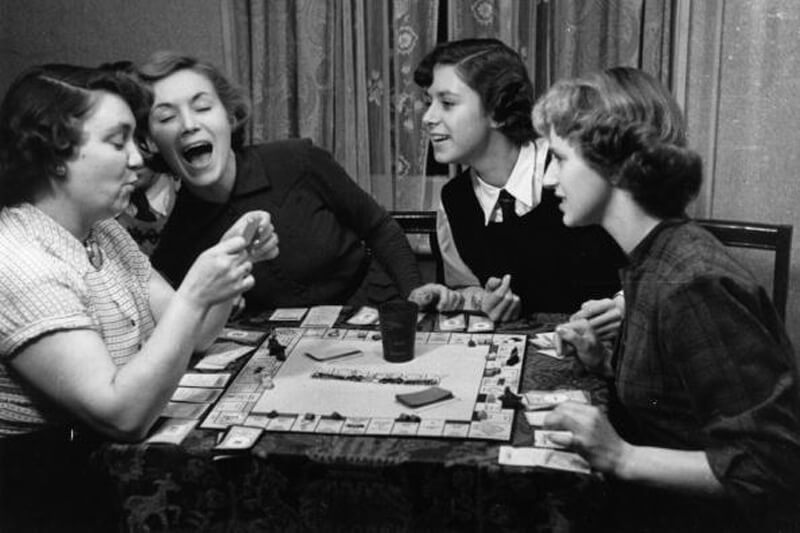
It was 1934 when an unemployed Pennsylvanian, Charles B. Darrow, took a game that he called MONOPOLY to executives at Parker Brothers. They promptly rejected it because they said it had too many design flaws. Darrow decided that he’d produce it himself by hand-making versions and hand-writing the directions for each.
Demand started to outstrip his supply, so he got a manufacturer to keep up. He ended up selling 500 hand-made sets of the game to a Philadelphia department store who sold out very quickly. It would go on to eventually become the highest selling board game of all time.
Some Iconic Structures Were Built
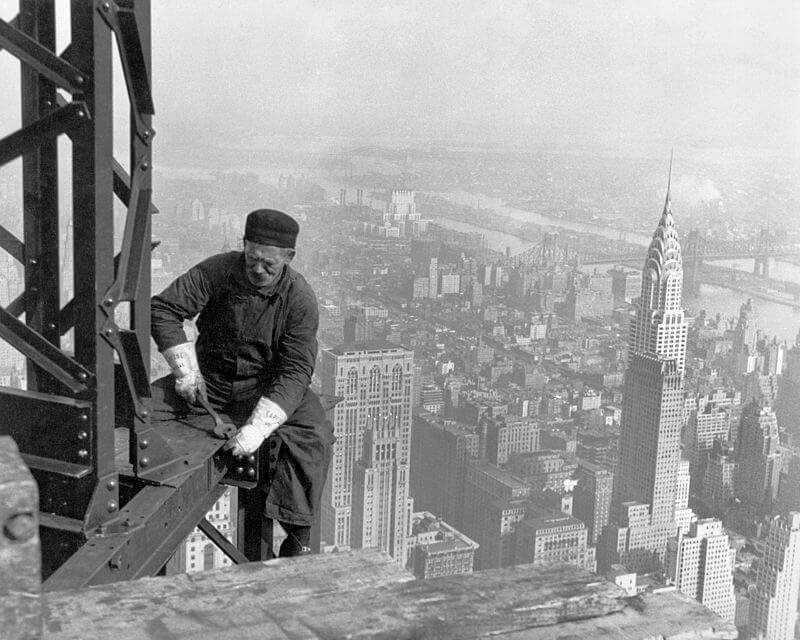
While at its peak in 1933, the Depression saw unemployment hit 25% for the nation. That’s almost one in every four people struggling to find work. President Roosevelt’s New Deal set the groundwork to get people back to work, and one of the ways was to build infrastructure.
The Lincoln Tunnel that connects New Jersey and New York was built during the 30s, as was the Hoover Dam. Works of wonder like the Golden Gate Bridge and the Empire State Building were created during the Depression, all of which provided jobs to people who were unemployed.
Farms Were Restored

The Dust Bowl and Great Depression decimated American farmers, and the New Deal’s agricultural reforms sought to stabilize farm incomes and conserve natural resources.
The Agricultural Adjustment Act (AAA) paid farmers to reduce crop production, which raised prices by decreasing surplus. It was a controversial move, but it helped to prevent complete economic collapse in rural areas that depended on farms.
The Robin Hood Of Chicago
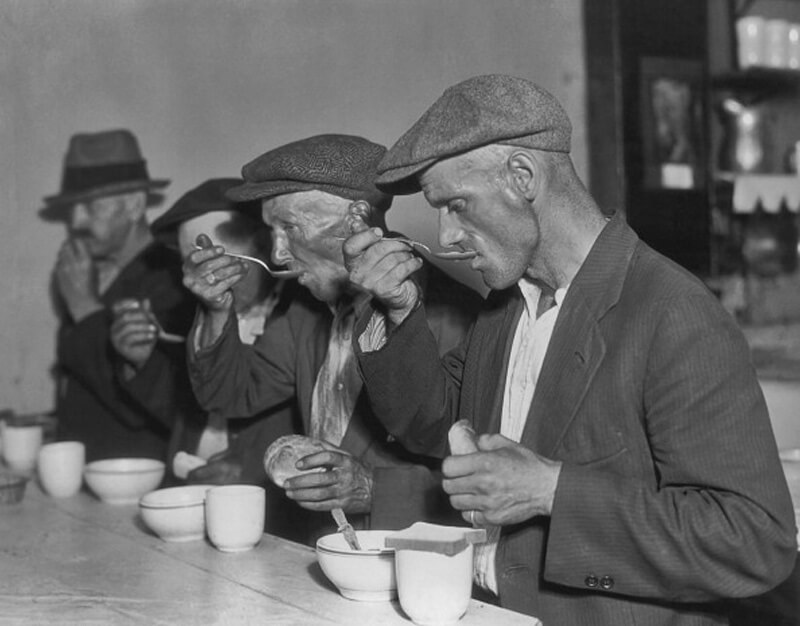
Capone made a fortune bootlegging alcohol during the prohibition and went for the Robin Hood approach to public opinion. People who went to his soup kitchen would tell reporters that he was doing more for the poor than the government ever did.
His kitchen served breakfast, lunch, and dinner with the most common food being a hearty beef stew. He even went as far as to offer some of the customers’ jobs at the establishment.
The Unlikely Escape
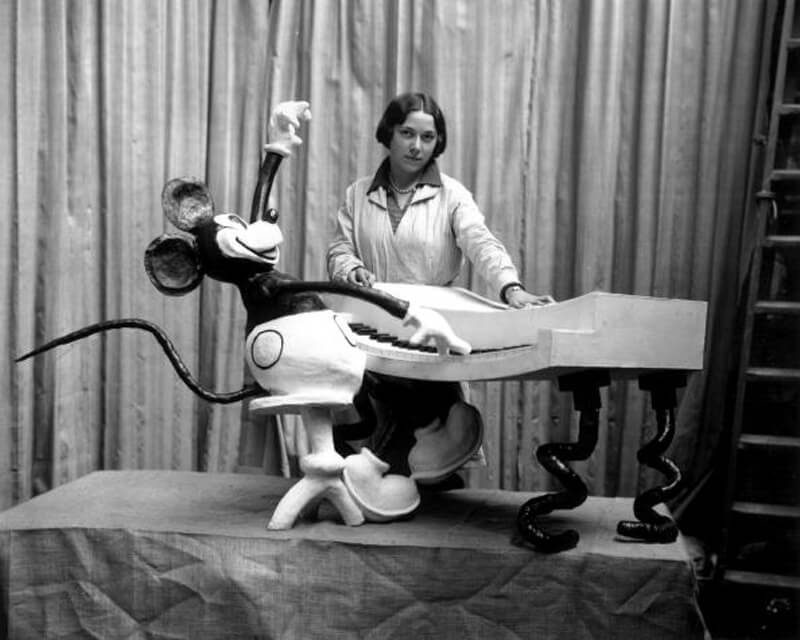
There was an unlikely hero for comic relief during The Great Depression. It came in the form of cartoons which became very popular in the 1930s. One of those cartoons was the quirky Walt Disney creation of the Three Little Pigs.
There’s a song in the cartoon that became the unofficial anthem of the Depression because of its likening to the dark days that many were experiencing. The song, “What Time Is It Mr. Wolf” caught fire and played on all the major radio stations across the country. The cartoon, like the song, was loved because it represented people’s resolve against the “big bad wolf” of the Great Depression.
We Can Be Really Thankful For This
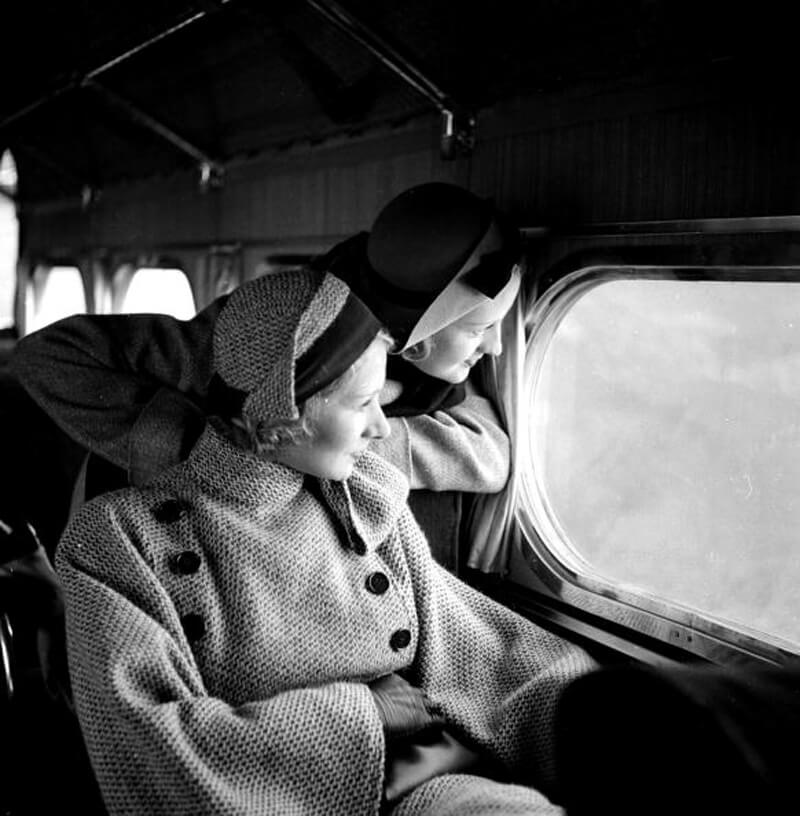
During the 30s, many had the life motto to “repair, reuse, make do and don’t waste anything” which certainly seeped itself into the fashion industry as well. It was the first time that expensive companies had to cut prices and look at options that appeal to everyone without decreasing style.
One bathing suit company started making their bathing suits out of wood veneer because it was cheaper than the alternative. They were very affordable and pretty popular in specific areas around America. The real question revolves around whether these bathing suits were also great life vests in the water?
Communities Banded Together
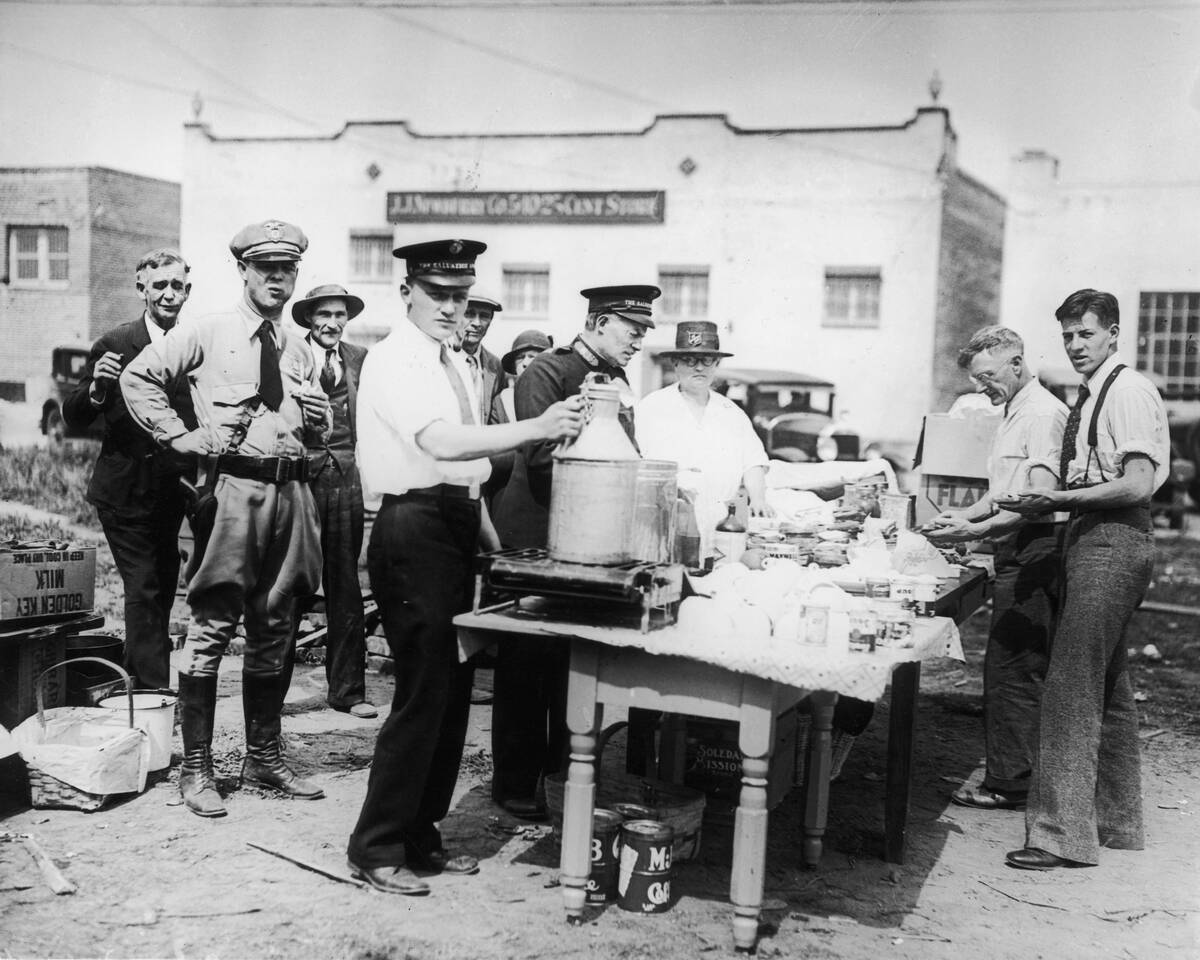
The social hierarchy of America was almost completely upended during the Great Depression, with formerly middle- and lower-class people all finding themselves in the same precarious financial situation.
This led to many grassroots efforts for communities to support each other, such as food cooperatives, barter networks, and mutual aid societies. Soup kitchens and charity organizations helped to feed those who were most in need of help.
The Safety Nets Of All Safety Nets
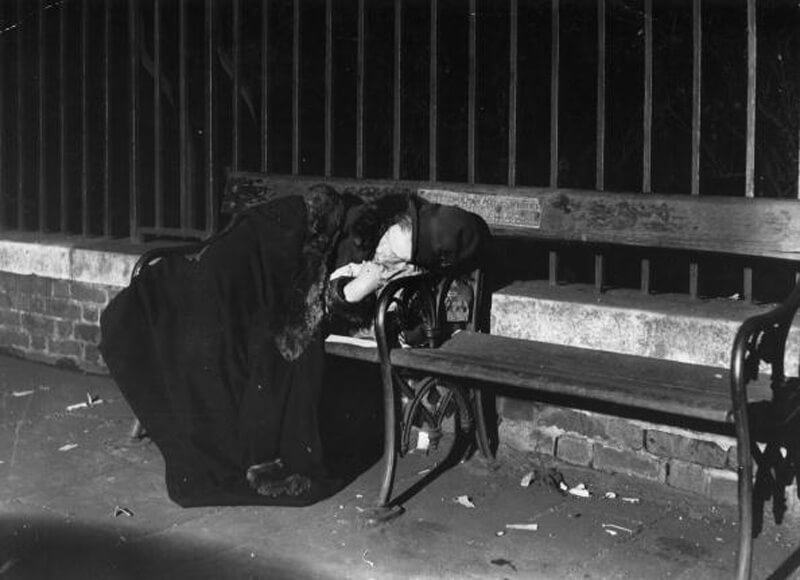
Under the leadership of President Franklin D. Roosevelt, the Social Security Act of 1935 was signed into legislation. It was the first time Americans could enjoy a federal safety net for unemployed, elderly and disadvantaged individuals.
It was created to pay financial benefits to retirees over the age of 65 based on their lifetime payroll tax contributions. The Act would go on to establish the Social Security Administration which ended up figuring out the logistics of the Social Security programs we see today.
The Power Of The New Deal
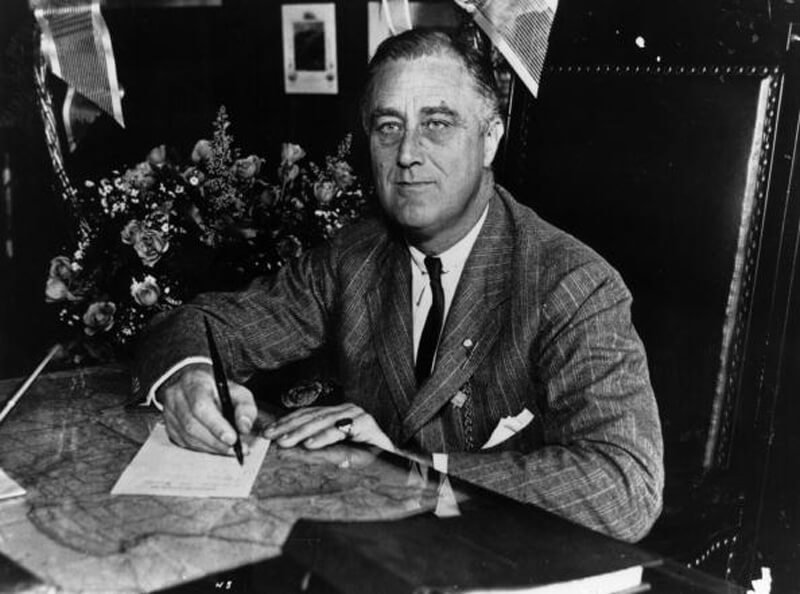
Franklin D Roosevelt remains one of the most popular Presidents in American political history. He served from 1933 until his death in 1945. As was mentioned before in the article, his New Deal was very popular and turned the American economy around over time.
While policy can be daunting for the apolitical, Roosevelt used the radio to do thirty “Fireside Chats” where he talked about all of the things he was doing and where America stood in the WWII. These chats were popular because the President spoke in an understandable language that was easy to understand.
Women’s Roles Were Expanded
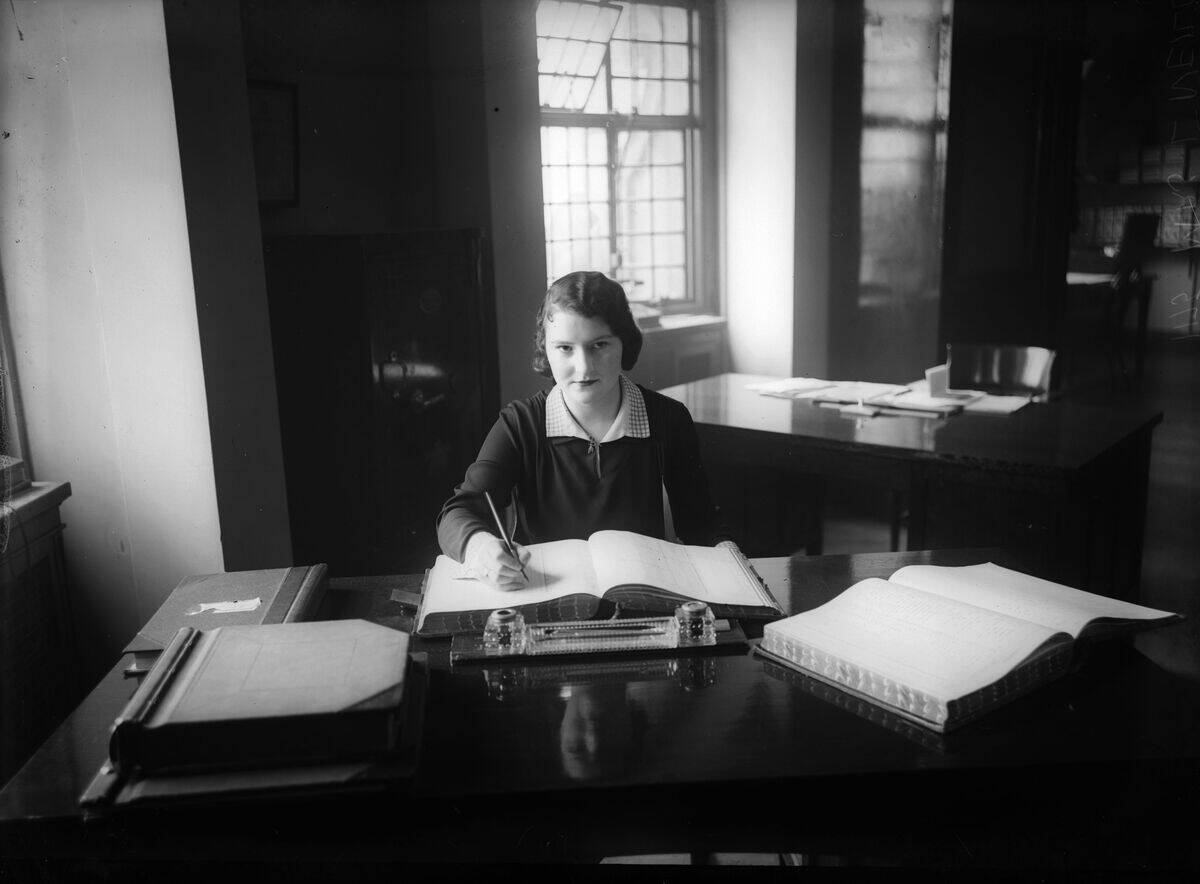
Good jobs were scarce during the Great Depression, and many women found themselves pushed into the workforce to supplement their family’s income. This prompted women to take on jobs in offices, factories, and service industries and created a wider conversation about women’s roles in society.
While many of these women would leave the workforce as they moved past the worst years of the Depression, they’d be seeking jobs again some years later as World War II broke out.
You Know The Popcorn You Love At The Movies? Well…
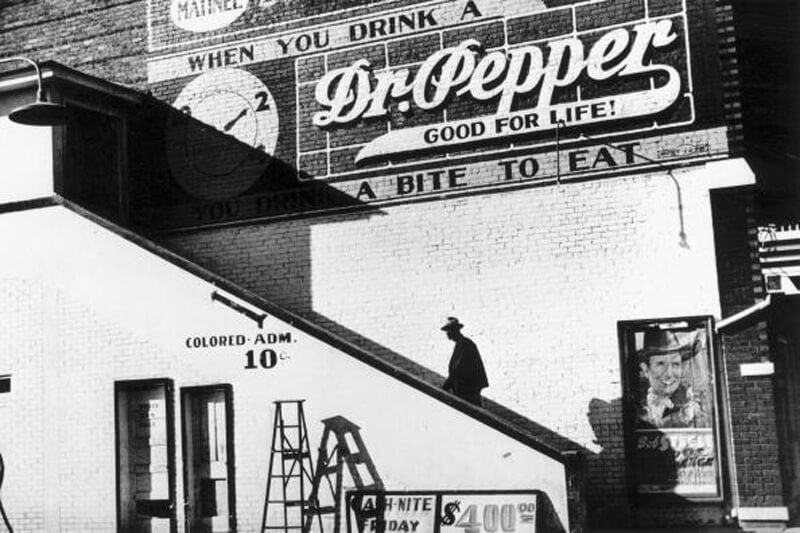
One of the unlikely industries to have some disaster-management tricks up their sleeves was the entertainment industry. With less disposable income to spend, movie theatres had to make some drastic changes to how they ran their business. First, they had to cut their ticket prices in half to even be a social consideration anymore.
They started selling popcorn and other snacks for very cheap in order to attract hungry customers. They also started themed nights like “Dish Night” which saw women get a dinner plate if they came to watch a movie. Many of these changes we still see today.
Only The Strong Survive
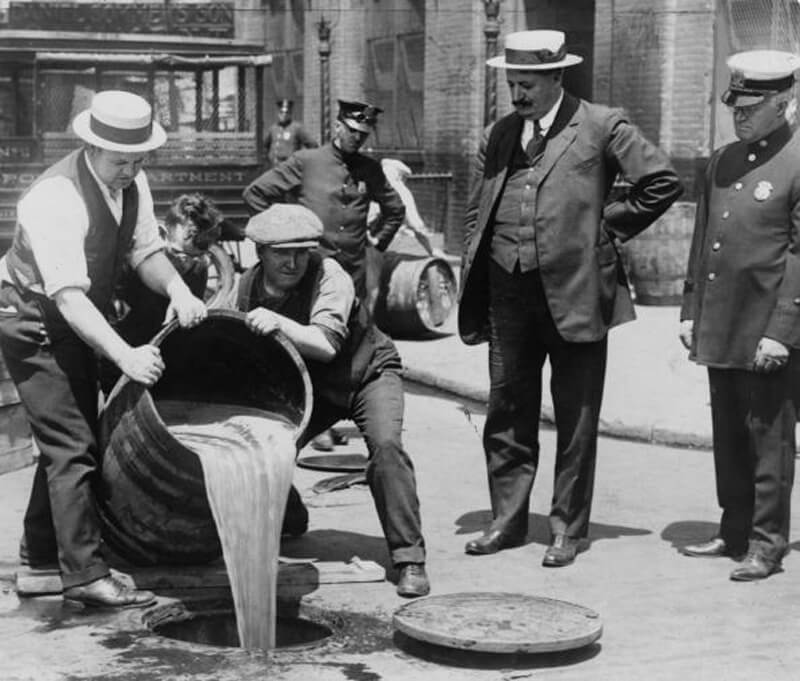
While the Depression was hard enough for almost every industry, one that took an even more significant hit was brewing. Up until 1933, beer was illegal which caused about half of the breweries to close. But, it was the desire to survive on behalf of many beer-makers that was very admirable.
Many breweries resulted in selling other products like milk, fruit, and bread just to make ends meet until the repeal came to legalize beer again. It’s worth noting that eight out of the ten largest brewers in the US are pre-Prohibition brands (Miller, Anheuser Busch, Coors, Pabst). Many of them cite the struggles they overcame during the hard times of Prohibition as monumental lessons in their company’s history.
Radio Emerged
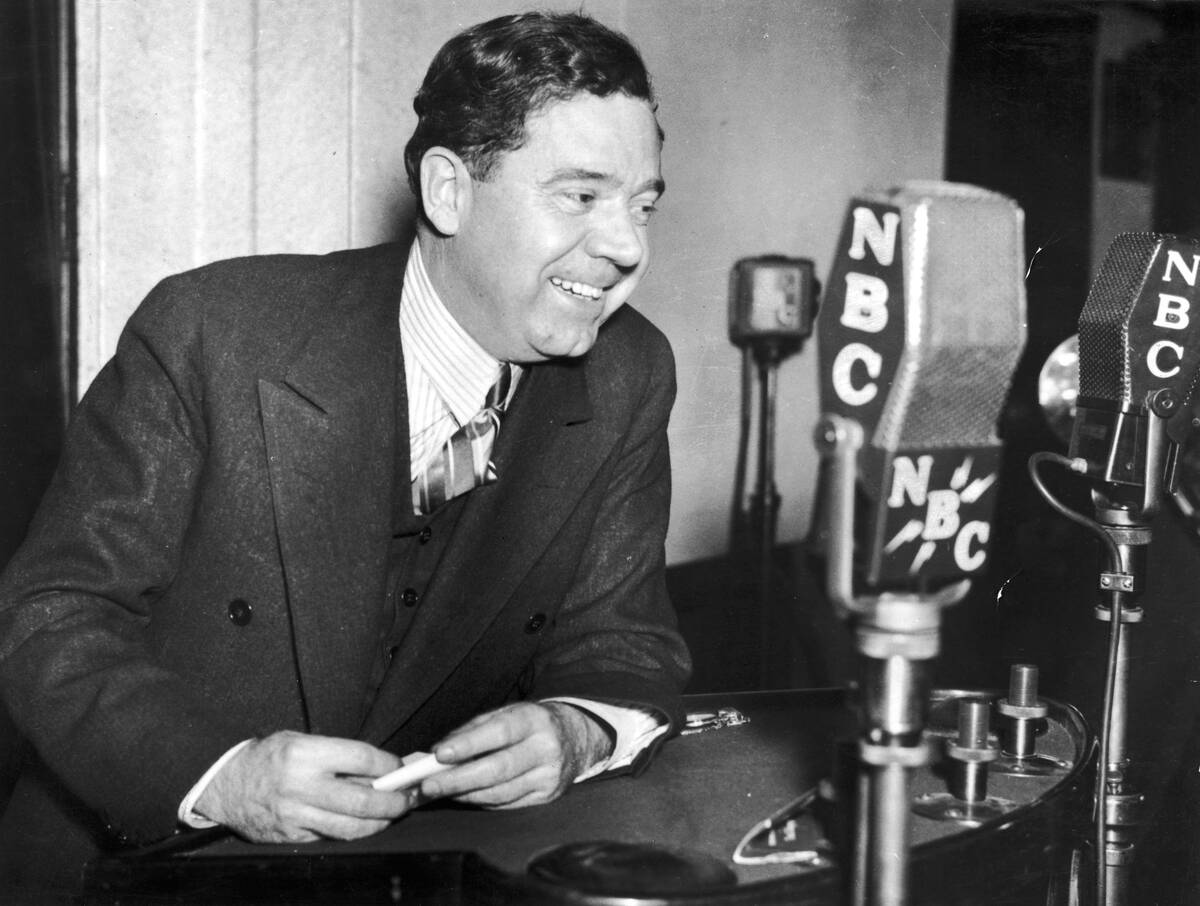
While the emergence of radio would have happened around the same time with or without the Great Depression, this technological innovation became widespread and affordable during the Depression years thanks to advances in technology.
This provided families with not just free entertainment but also gave them up-to-the-minute news. FDR’s famous “Fireside Chats” would not have been nearly as impactful if not for the fact that so many Americans owned a radio.
… Not A Good Look
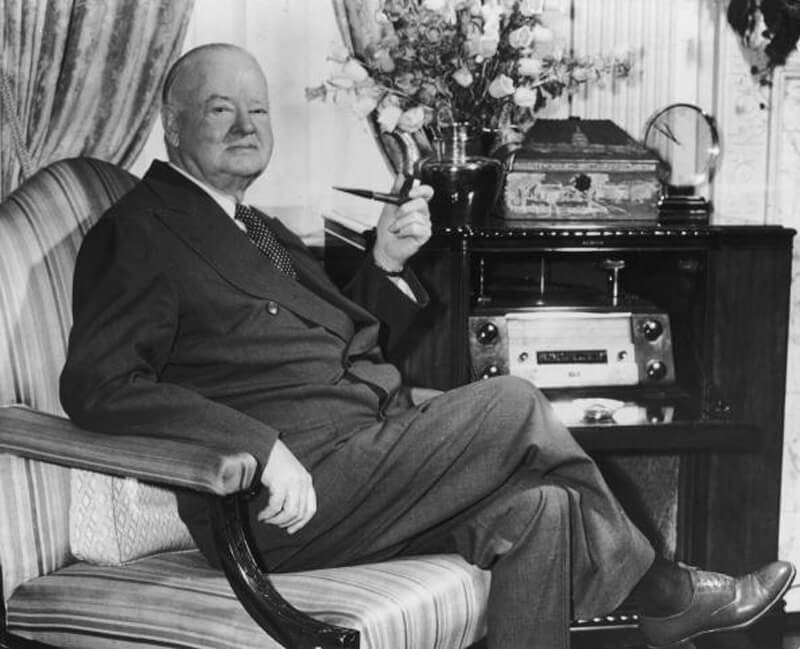
Here’s someone who didn’t get out of the Depression with a positive reputation. During the beginning of the Great Depression Herbert Hoover was the President and took some serious heat from all sides of the aisle because of the economy.
He infamously claimed that the US economy had “passed the worst” and argued that everything would be sorted out shortly in 1930. Well, the Depression didn’t end for another decade. The nickname “Hoover Stew” was coined for food dished out at soup kitchens and “Hoover Blankets” referenced the newspapers that many had to use as blankets.
Chaos From Wall (Street) To Wall (Street)
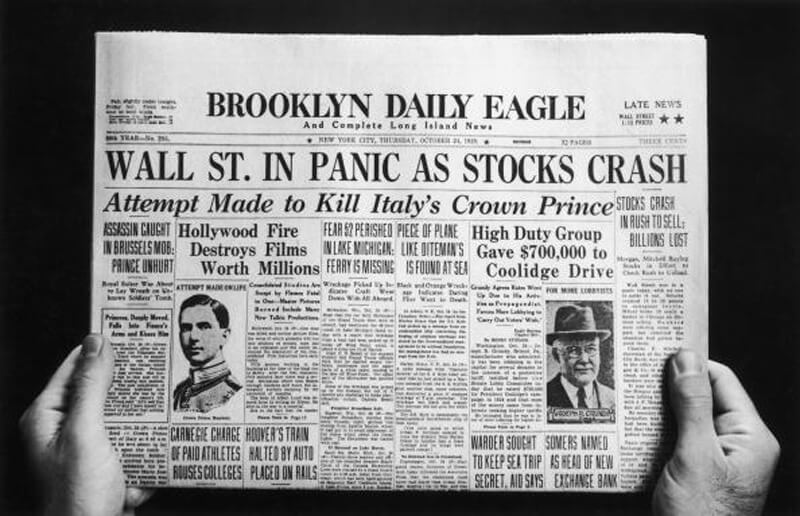
It’s widely believed, specifically by Milton Friedman who is a Nobel Prize-winning economist, that the Great Depression was not the result of the stock market crash. While Wall Street takes a lot of the blame, it was the reaction of the banks that truly caused the Depression.
Friedman famously stated that it was due to the epic collapse of the banking system after public panic within the first few years.The term “Bank Runs” referred to people running to their bank to take out as much money as they can after hearing the news of the stock market crash.
The FDIC Helped Restore Trust

With multiple banks going under during the Great Depression, public faith in the financial system was at an all-time low. To counter this, the federal government created the Federal Deposit Insurance Corporation (FDIC), to ensure that individual bank deposits up to a certain amount would be insured and guaranteed.
It was a welcome development for the many Americans who’d seen their life savings disappear as their bank failed. The FDIC still exists today as a safeguard against bank failures.
I’ll Stick To Uber
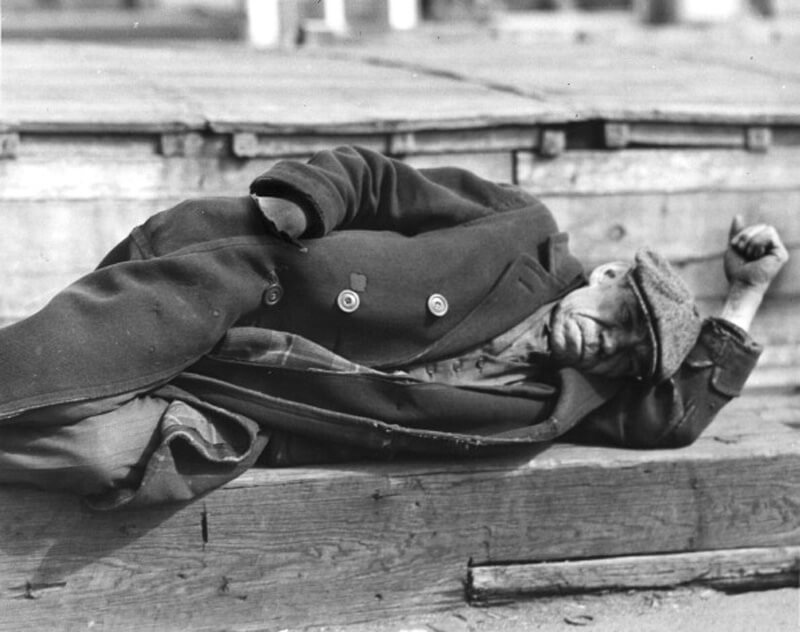
Since no one could afford to take transportation, many people took the train. No, they didn’t buy tickets — in fact, it was much scarier than that. Jumping trains became very popular in the 30s. Daring guys would hang onto the outsides of trains so that they didn’t have to pay.
Close to 50,000 people were either killed or injured because of this. Almost 6,500 of those were from the “bulls.” These were brutal guards hired by the train companies to ensure that the only people riding the trains were paying customers.
The Dirty Thirties
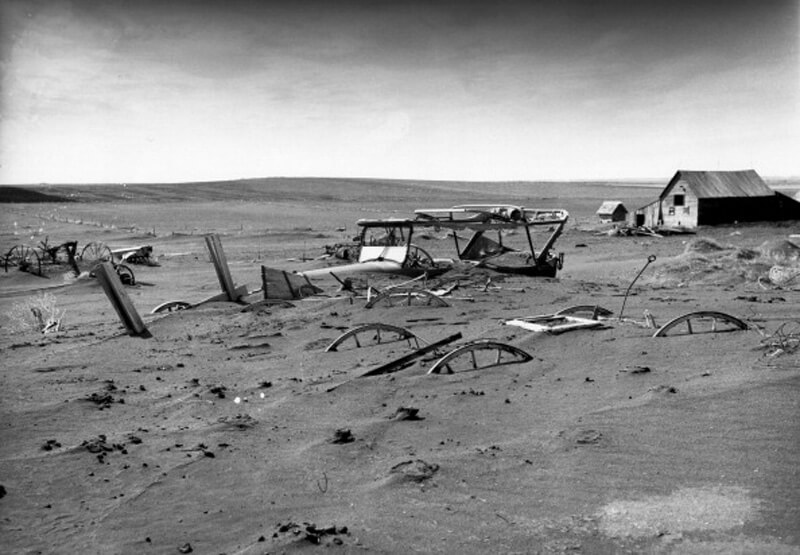
The Dust Bowl, or the “Dirty Thirties” was a period when severe dust storms greatly affected the ecology and agriculture in certain places of the United States. AFter 750,000 farms were either lost to bankruptcy or sold in Sherriff sales, lots of former farmland was being unkept.
Because of this, dust storms were able to consolidate and wreak havoc on many of the prairie states. This picture shows an abandoned farm with all of its equipment buried in dust.
National Parks Were Beefed Up
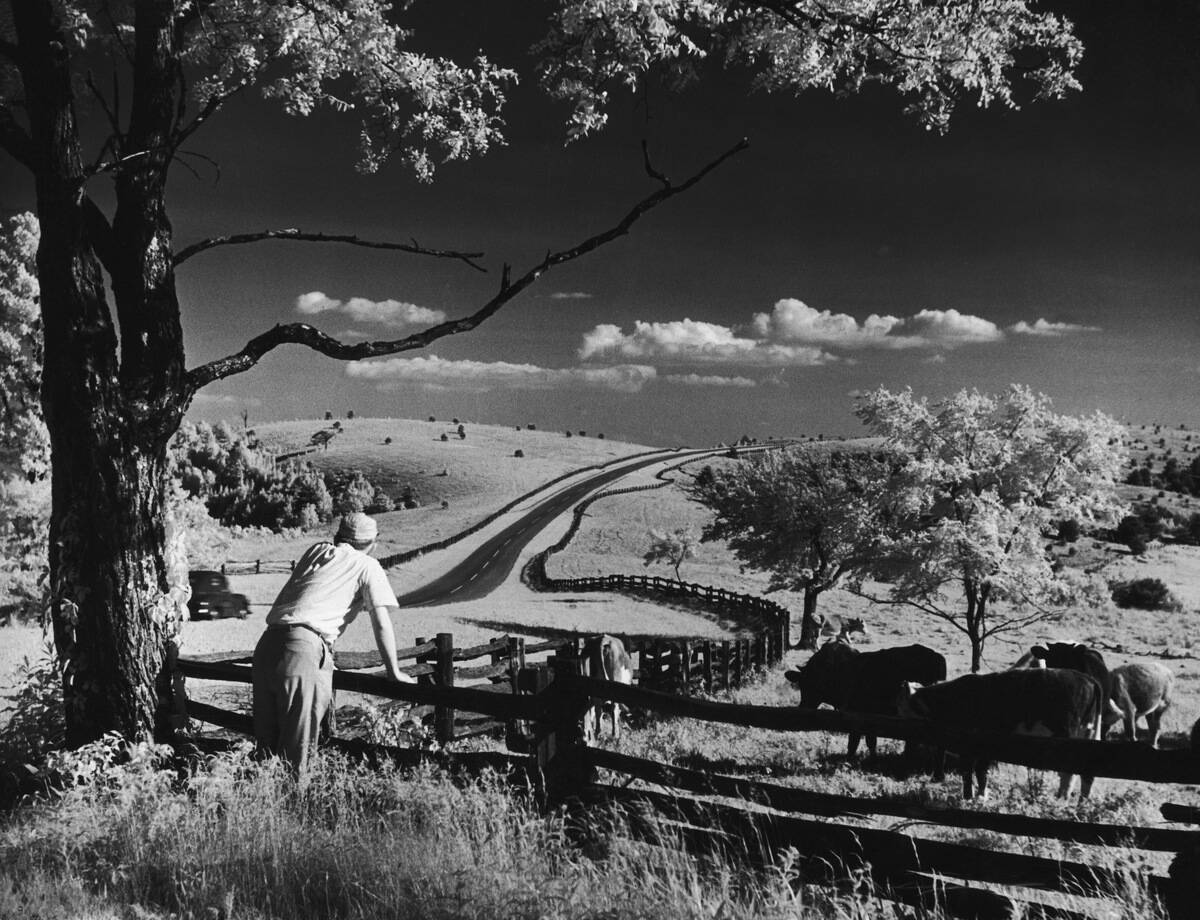
The Civilian Conservation Corps (CCC), a New Deal program, provided work for young men while addressing pressing environmental needs. CCC workers planted over three billion trees, built trails and shelters in more than 800 parks, and introduced methods to control soil erosion and flooding.
This program provided not just work for Americans, but also had lasting effects that are still felt at national parks to this day.
School’s Out For….Ever
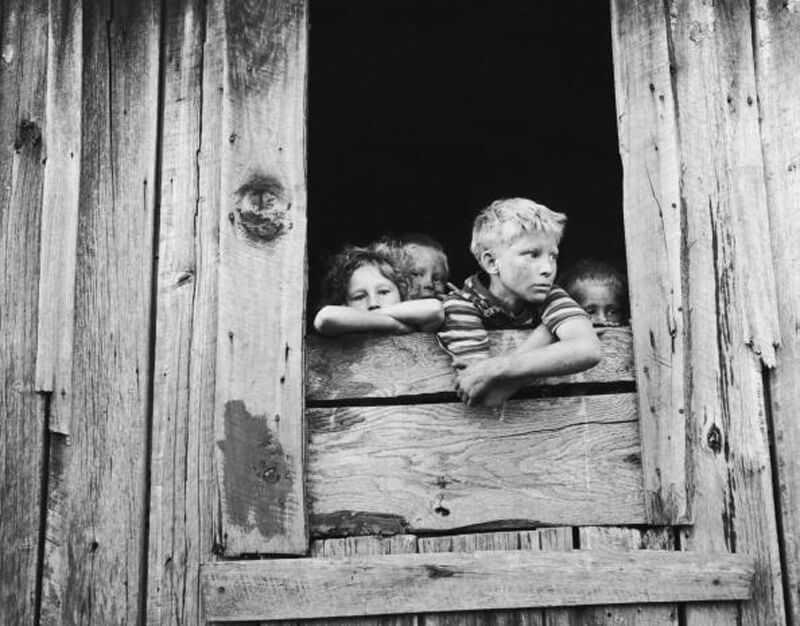
Many schools were closed during the Depression because there wasn’t enough money to sustain the buildings. Lots of teachers weren’t paid during the Depression, which made many of them not show up.
Rural schools took the biggest hit. If the schools did remain open (because some teachers showed up even without compensation) and the building wasn’t run-down, there were reduced hours. Approximately three million students ended up leaving school entirely.
Those Percentages Are Not Great
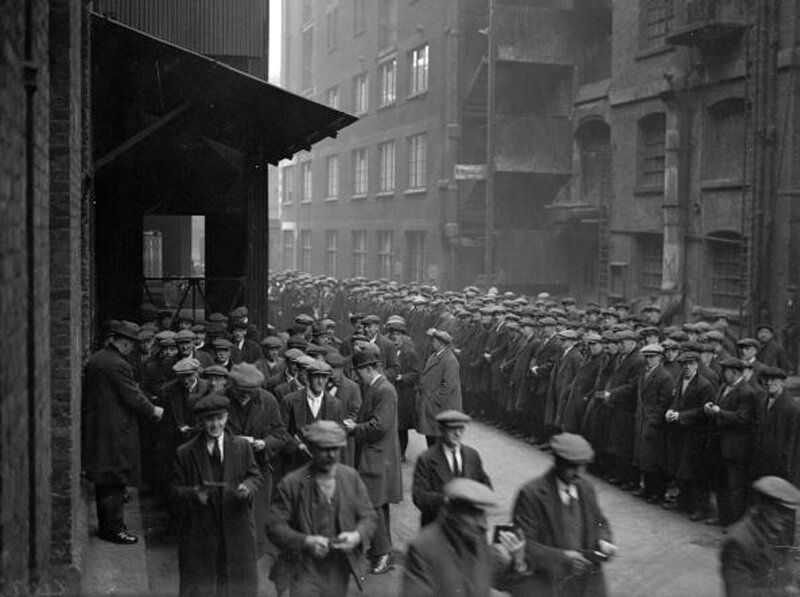
The worst years of the Depression, regarding unemployment, were 1933-34. Close to 25% of the American population was unemployed. This picture shows thousands of men taking to the streets to either find work or get some scraps of food.
It’s also important to consider that another 25% of people had to take massive pay-cuts just to stay employed. The unemployment rate in the U.S didn’t fall below 10% again until WWII.
Adult Literacy Was On the Rise
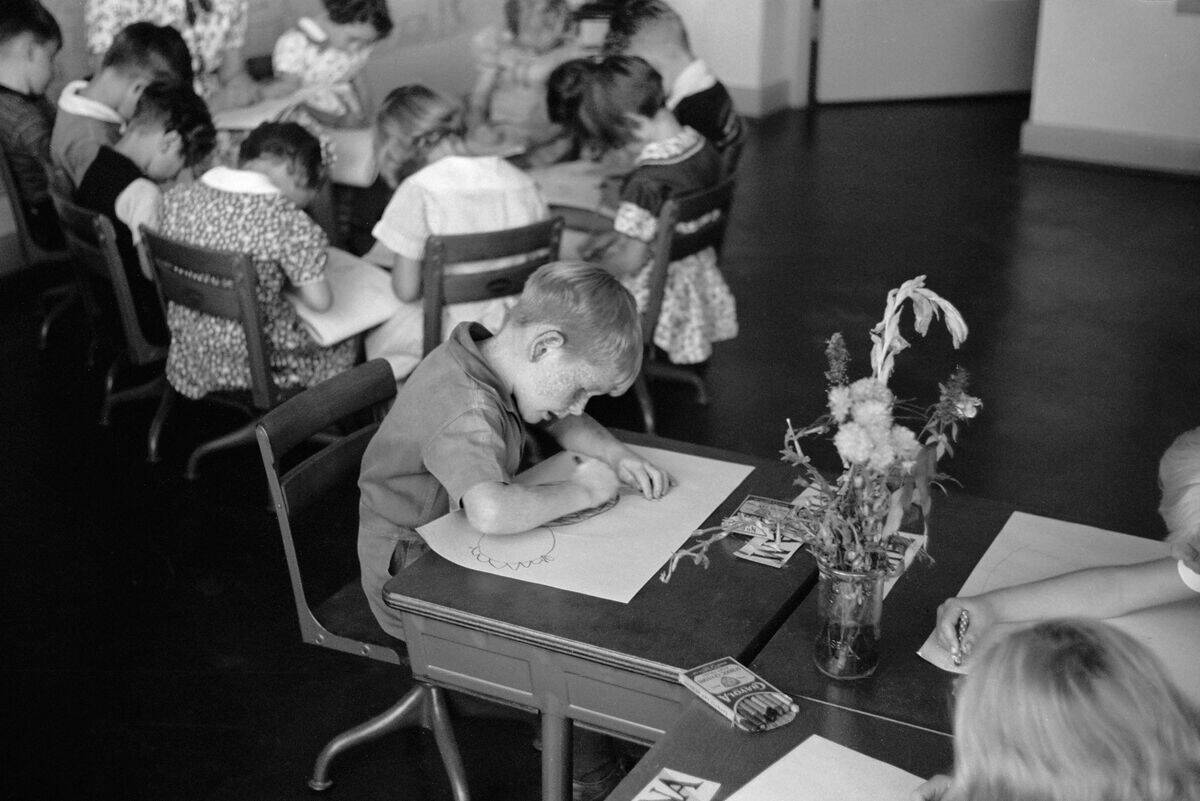
The Great Depression exposed major gaps in education and literacy, especially among rural populations. New Deal programs helped to create educational initiatives that expanded access not just to schooling, but also vocational training.
These programs helped to boost literacy across the United States and also gave adults specific training for specific jobs. In time, literacy rates would climb to levels that had never been seen before.
Whoever Dow Jones Is, He Was In Hiding
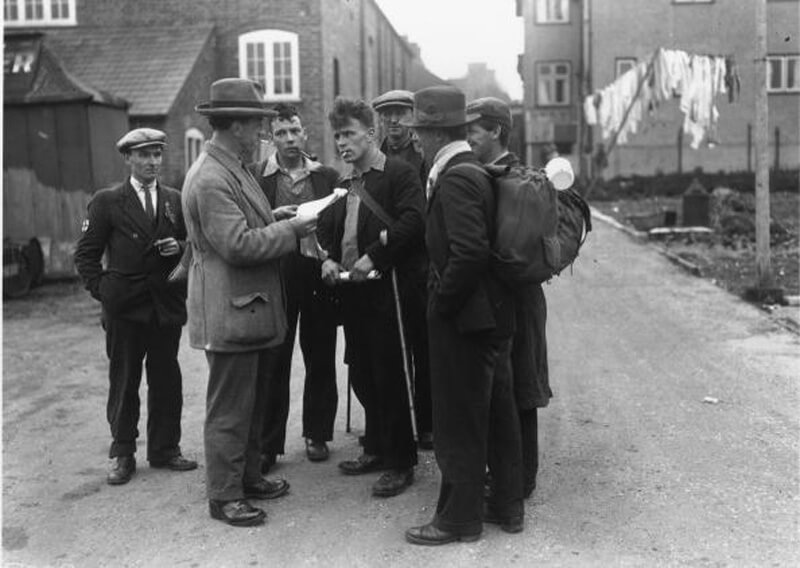
The Dow Jones market before the crash on September 3, 1929, hit 381. By 1932 it hit a low of 42, which was an unprecedented 89% decline. Even to any non-economist, this is clearly not good news.
The Dow Jones wouldn’t reach 381 again until almost 23 years later in 1955. This was the straw that broke the camel’s back for President Hoover, who had lost all trust among the people. He would go on to lose that year to his challenger FDR.
The Most Vulnerable
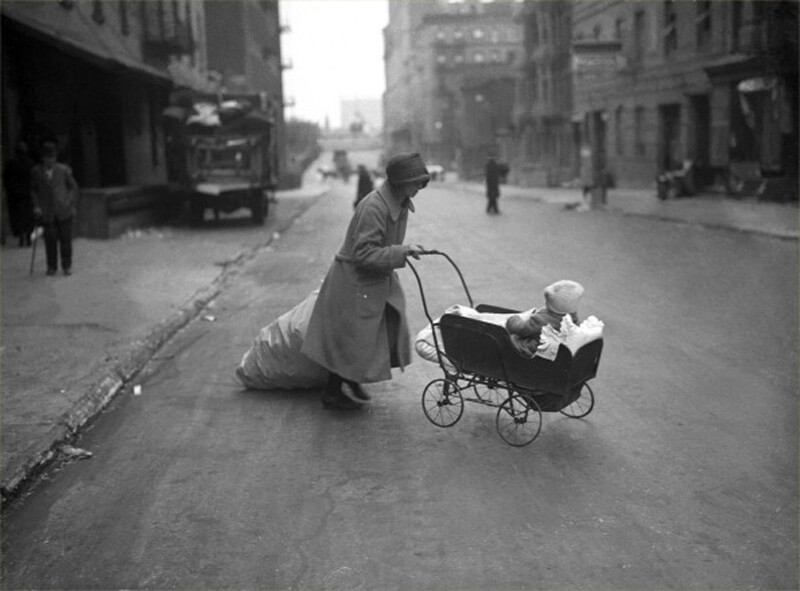
While the men had to bear much of the stress from the economic collapse, women and children, unfortunately, were the most vulnerable. Not only did most women not work, but in many places, they weren’t even allowed to do so.
Many scholars believe that over 50% of children starved during the depression. They also weren’t able to receive medical care while they were sick and cases of the rickets were common among kids.
Documentary Photography and Journalism was Booming
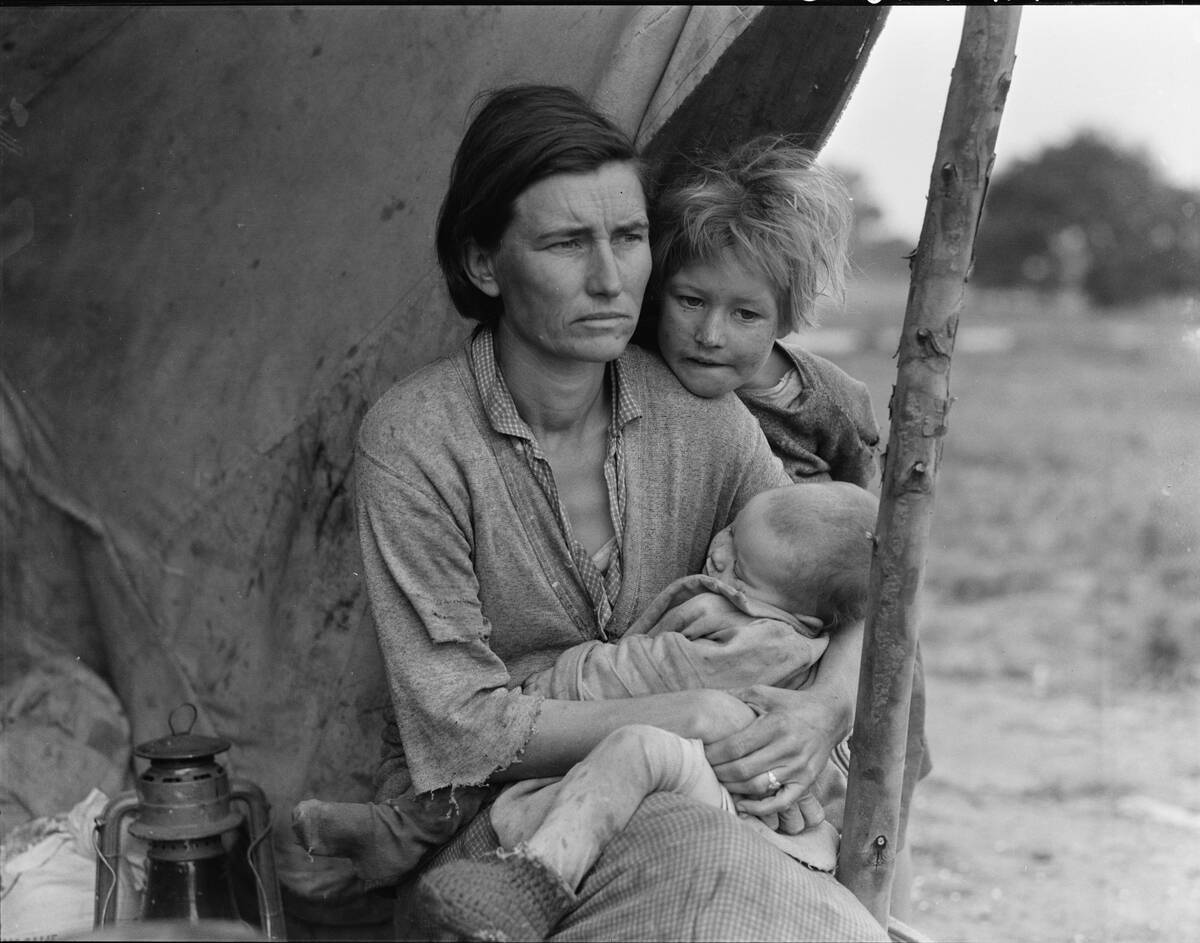
The darkest of times can create the most compelling stories, and this was especially true during the Great Depression. The availability of camera equipment allowed photographers like Dorothea Lange, Walter Evans, and Gordon Parks to document rural poverty and migration.
Their photographs became iconic images of the Depression — ones that resonate just as deeply today as they did when they were first snapped.
Protester
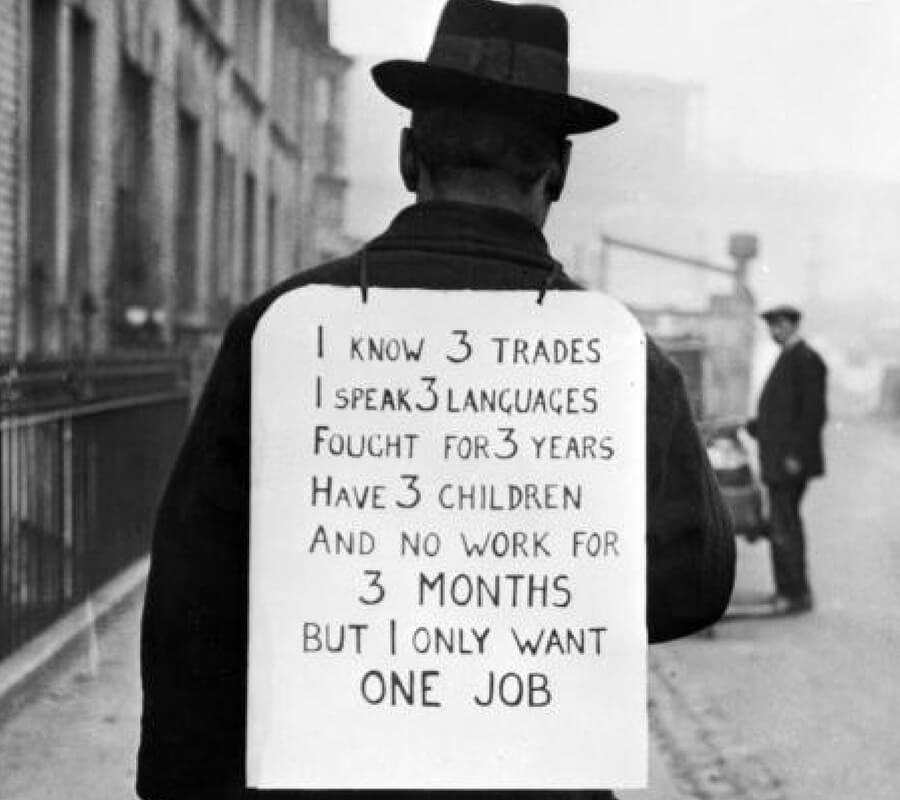
The suicide rates for men in the 1930s skyrocketed as many couldn’t deal with the stress of losing their job in a one-income family. Specifically, people who worked on Wall Street saw their suicide rates soar more than almost anywhere else in the country.
Not only was this crippling sadness for the families who lost a loved one, but it changed the fabric of how women had to participate in society. Often times women were ridiculed for being in the workforce because men saw it as one less job for them.
Farming
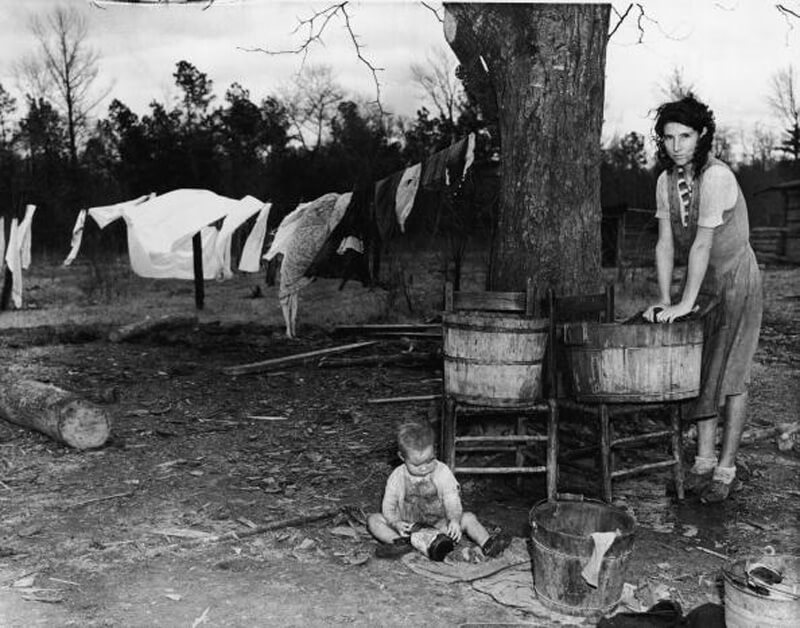
At the beginning of the Great Depression, one apple company sold their apples on credit. This ensured that people didn’t have to pay straight up to get the food — they could carry a credit.
That resulted in people getting these apples and then selling them for cheap on the street corners. Almost 6,000 families did this in NYC alone. Times were so tough that many former millionaires had to resort to selling apples on the street for five cents a piece just to make ends meet.



